The Relationship Between PTSD and Addiction (and How to Cope)
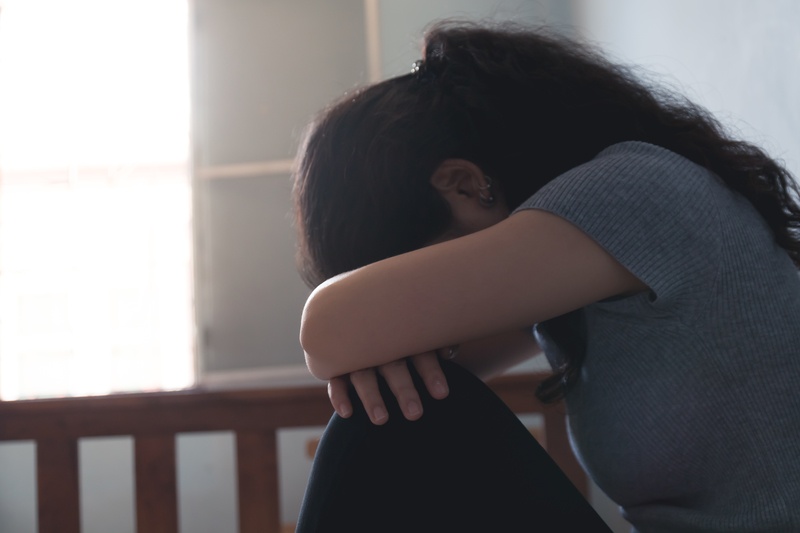
If you’ve experienced or witnessed a traumatic event or experienced emotional trauma, you’re at risk for developing a debilitating condition called post traumatic stress disorder (PTSD).
It’s perfectly normal to feel angry, sad, or scared for a while after a shocking or dangerous event occurs, but feeling the emotional impact or having a physical response to a situation for more than a month could indicate PTSD. (1)
Who is Most Likely to Experience PTSD?
When it comes to developing PTSD, there is no criteria for how extreme or traumatic a situation has to be. We are all so unique and our experiences affect us entirely differently.
For some people, when they hear the term “PTSD” they associate it with extreme traumatic events, like a world war. While war veterans are certainly at a high risk for developing PTSD, anyone who’s experienced a form of trauma can develop this condition.
When Do PTSD Symptoms Develop?
PTSD symptoms can develop immediately after a terrifying situation (such as a car accident) or months to years after an event was experienced (such as sexual abuse in childhood). Sounds, smells, images, and thoughts can all be PTSD triggers that bring a person back to a vivid memory or feeling of a traumatic event, and causes them to relive the experience.
On the contrary, some people who experience severe traumas don’t develop PTSD symptoms at all.
What Are the Symptoms of PTSD?
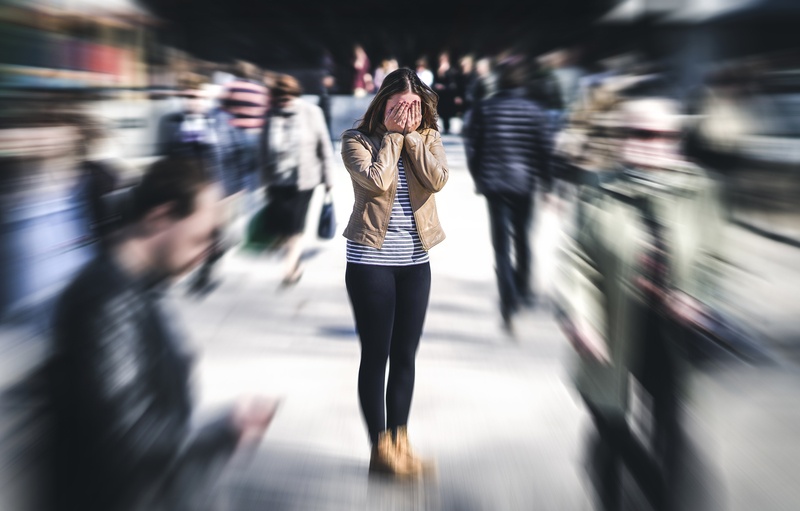
– Flashbacks
– Avoiding people, places, events, thoughts, or feelings related to a traumatic event
– Nightmares or disturbing dreams
– Feeling on edge or tense when there’s no obvious trigger in the present moment
– Mood swings or outbursts
– Panic attacks
– Fight or flight response (physical sensations such as heart pounding, sweating, shaking)
– Losing interest in hobbies or activities
– Feeling disconnected or alienated from friends or family members
– Developing mistrust and paranoia
– Loss of appetite
– Developing an addiction to drugs, alcohol, or certain behaviours
As suggested above, developing PTSD can cause you to experience the fight or flight (stress) response, which comes with it’s own set of long-term health consequences if left untreated.
Elevated cortisol levels (the primary stress hormone) are an underlying cause of many chronic health problems including chronic fatigue, high blood pressure, blood sugar imbalances, low immunity, chronic inflammation, cardiovascular disease, and rapid weight loss or midsection weight gain. (2)
Additionally, if a person turns to substances like drugs and alcohol to soothe their pain, they will further damage their physical, emotional, and spiritual health. This is why it’s so important to recognize the signs and symptoms of PTSD early on, so that you can seek treatment and adopt healthy coping mechanisms.
Understanding the Relationship Between PTSD and Addiction

We believe that addiction is a symptom of emotional pain and trauma. According to American Addiction Centers.org, people who suffer from PTSD are two to four times more likely to also suffer from addiction.
Drugs, alcohol, and addictive behaviours create a temporary escape from discomfort, pain, and unpleasant thoughts and feelings, whether conscious or unconscious. In times of trauma, these substances and behaviours can be life-saving. However, when the drugs and alcohol wear off, you’re always left with the same pain– and possibly compounded pain from the shame of using drugs and alcohol to excess and the damage that can cause.
A person may not even be aware of the role their trauma is playing in their life. If a person enters treatment for addiction, trained professionals can help bring awareness to the pain or trauma beneath an addiction so that true healing and recovery is possible.
Complex PTSD vs PTSD: What’s the Difference?
Complex PTSD or C-PTSD share many of the same symptoms as PTSD, however, there are three symptoms exclusive to C-PTSD:
1. Problems with emotional regulation.
2. Problems with interpersonal relationships and negative self-concept.
3. People who have C-PTSD will typically have experienced severe trauma such as surviving a concentration camp, childhood physical or sexual abuse, prostitution or long-term domestic violence.
Natural Ways to Cope with PTSD and Addiction
There are many ways to begin coping with PTSD and addiction. While entering a recovery program that focuses on and supports emotional healing may be necessary, there are also natural solutions that show promising results for healing trauma and coping with stress.
1. Therapy
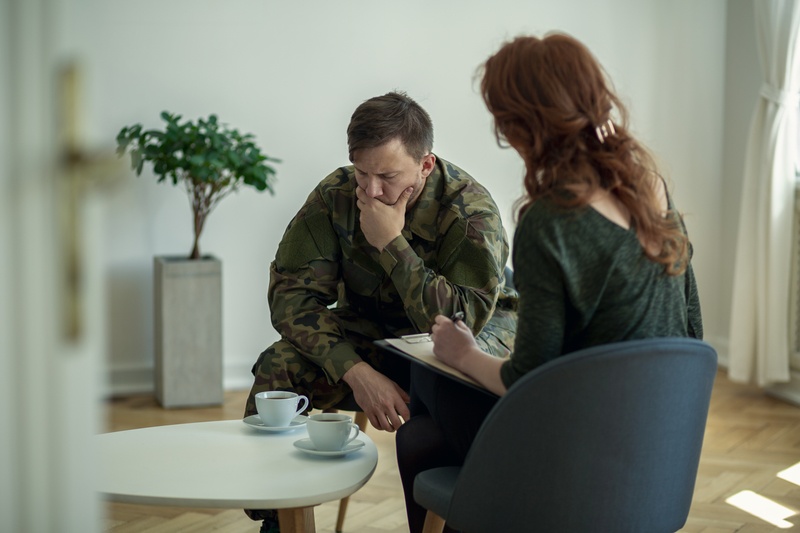
We believe that working with a trusted therapist (either in-person or through Skype or phone sessions) is the first and most important step in healing PTSD and emotional pain. Why?
Emotional pain can sometimes be too intense to work through alone. Working with a therapist can help you better understand your thoughts, feelings, and emotions, and receive recommendations for appropriate treatment options moving forward. Therapy also allows you to work through pain and trauma in a safe environment.
Not only is having a trusted therapist as a part of your support system invaluable, but without the correct processing of emotional pain or trauma, the result can be more harm than good.
Expressing emotion and reliving a traumatic event (catharsis of abreaction) without understanding (catharsis of integration) can actually strengthen an emotional response without the healing component. This can cause you more pain and hinder the healing process. This is why we recommend therapy first and foremost for getting to the root of trauma, and allowing it to be released in a healthy, effective way.
2. Exercise

When you’re suffering from PTSD and/or addiction, you may also experience depression and a lack of motivation. While the last thing you want to do may be to get outside and exercise, helping your body release a flood of feel-good endorphins can help extensively with lifting your mood and calming your mind.
In fact, studies show that exercise has a similar effect to antidepressants. (3) However, exercise comes with the benefit of instant (and natural) feel-good chemicals, opposed to waiting several weeks for an antidepressant to kick in and experiencing undesirable side effects.
3. Spending Time in Nature
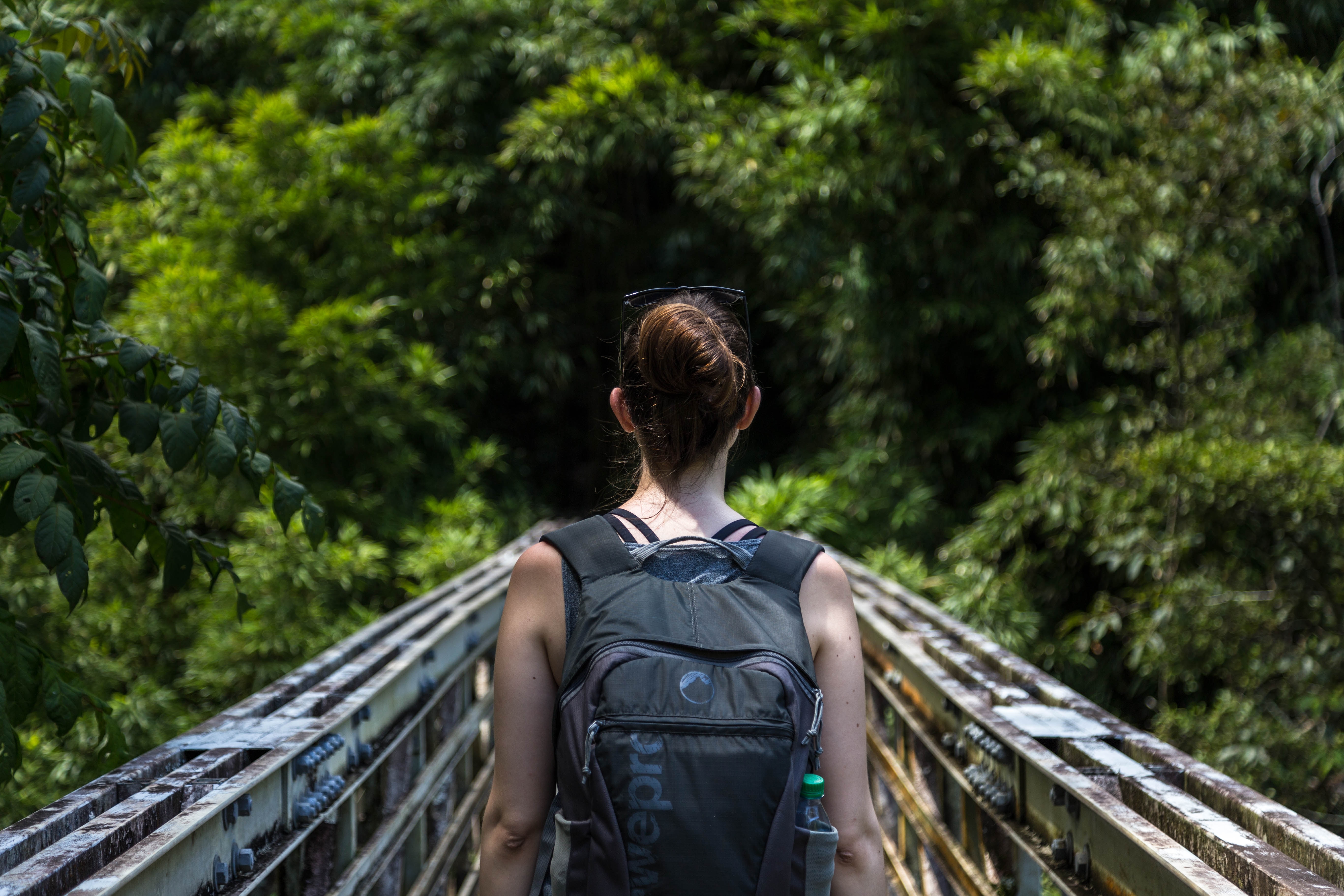
If you don’t feel like getting to the gym or going for a walk, consider putting on some comfy clothes and spending time in nature. From a physical standpoint, being outdoors and breathing in the fresh air helps boost circulation and immunity. From an emotional and psychological standpoint, at least two hours per week in nature can help ground you and create a stronger sense of well-being.
4. Yoga
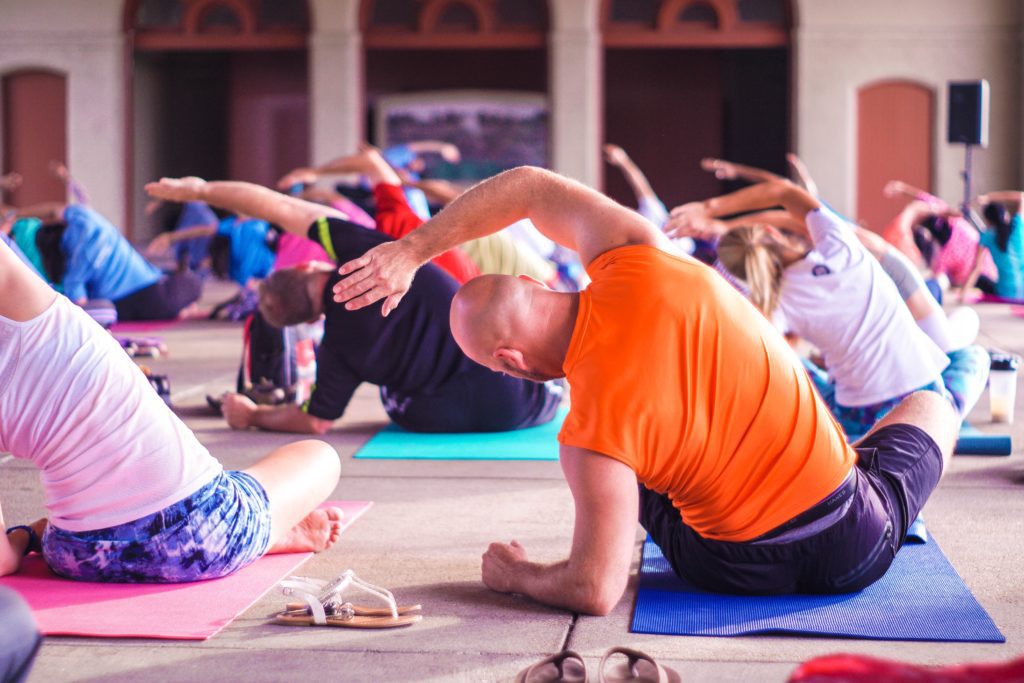
Yoga supports the integration of body, mind and spirit. By focusing on your breath and doing deep breathing exercises in yoga asanas (poses), your attention is brought to the present moment where everything is okay, right now.
Many people think being flexible is a requirement for practicing yoga, but this isn’t true. There are many different styles of yoga open to people of all levels. In particular, hatha or yin yoga classes offer deep, therapeutic stretches that help release stored tension and emotions, while providing deep relaxation.
5. Meditation
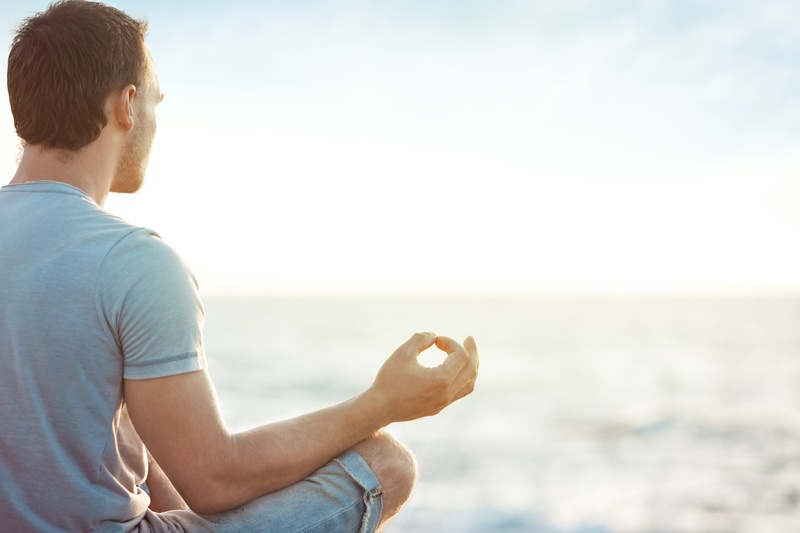
Meditation is a powerful tool for promoting self-awareness, compassion towards oneself and others, non-judgment, letting go, and having patience. Meditation also allows you to fully experience the present moment without judgement, which can help diminish distressing thoughts and feelings. According to studies, mindfulness meditation may also help reduce PTSD symptoms such as cognitive distortions and avoidance. (4)
6. Support Groups and Spending Time With Others

One of the most important factors in healing trauma and/or addiction is to regularly connect with others, especially when you don’t feel up to it.
Loneliness, addiction and trauma are like a triangle. Many people feel lonely because of their trauma and isolate themselves, while loneliness has neurological effects that can increase the likelihood of addiction– and addiction can then make you feel even more lonely and isolated.
Twelve step meetings and support groups are safe, healing spaces where people who are experiencing the same challenges can come together to support each other. Speaking with a trustworthy, empathetic friend, family member, or counsellor on a regular basis can also move you in the direction of healing.
